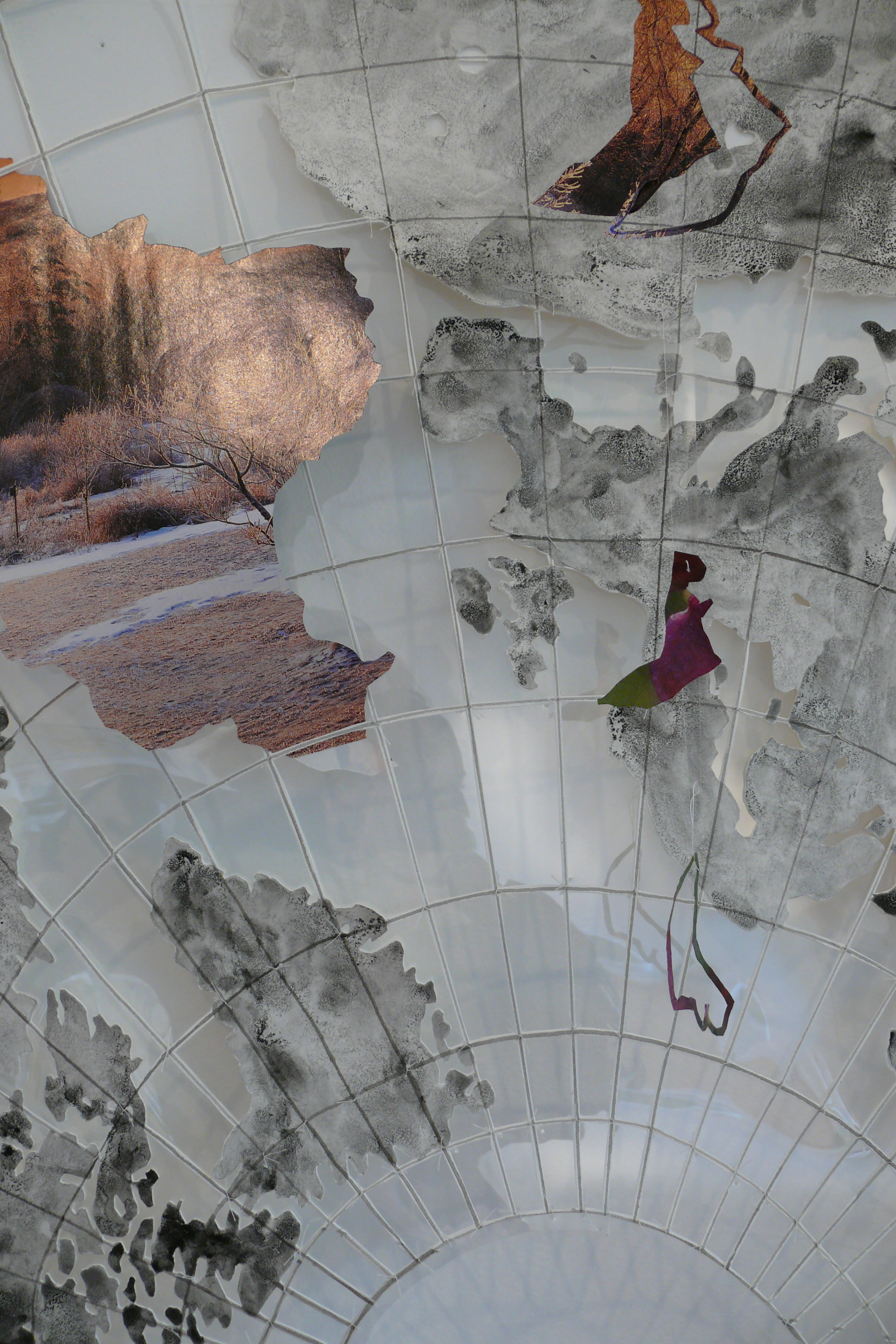

Borders & Migration: Shifting Geographies by Renee van der Stelt
August 31, 2015 @ 8:00 am - October 18, 2015 @ 5:00 pm
Throughout the Middle East, millions of refugees are migrating due to contested territories: some will return home while others will likely resettle in different parts of the world. Global power struggles for oil along with the colonizing impulses of Western governments continue to cause borderlines to shift, forcing communities and families to leave their homes for a while, or for the rest of their lives. Geographic borders are enforced through checkpoints, walls, police presence, and passport control at the edge of countries, and the trauma resonates worldwide. In Kentucky and elsewhere multiple borders exist in simultaneous time; including ethnic and sectarian borders, socioeconomic borders, religious borders, family/friendship borders.
When considering current geographic borders in the Middle East, it is vital to understand the history of the region, including past events such as the Balfour Declaration of 1917 and the Sevres Peace Treaty of 1920. In 2006, Ralph Peters published his re-drawn, hypothetical future map of the Middle East in the Armed Forces Journal, which proposed new borders based on ethnic groups as an attempt to bring peace to the region. The complexity and intensity of what is going on in the Middle East today deserves greater attention from those of us across the globe. What are our ethics related to these issues as we learn and listen more deeply to what is going on today?
Maps reveal truths, but they also can mislead and lie about places. How we understand space and borders that determine and affect the movements of humans both at home and in the Middle East has everything to do with how we empathize with others. The map of birds migrating is key to a call for empathy and deeper understanding of the earth that supports human life. How we understand our relationship to birds – and pressing ecological issues – along with understanding toward the Middle East matters to all our survival. Media in the U.S. feeds us a plate of desert sand, tents, wind and frightening violence, but what happened to our view of Syria as a fertile crescent?
